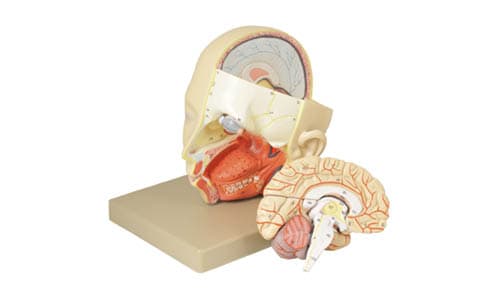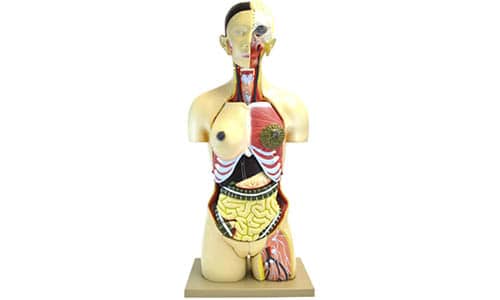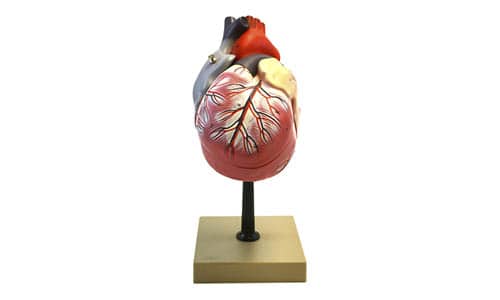The human body is a complex structure and the study of gross anatomy is equally intricate. The right anatomical model provides a multifaceted view of various components, systems, and organs. Here’s how to choose the right anatomical model and how to maintain it.
What Is an Anatomical Model?
Without visual tools at your disposal, it is difficult to make human anatomy engaging and clear. Anatomical models provide a guidepost that educators can use to clarify the body and all its parts when teaching anatomy and physiology.
While it is one thing to stand in front of a room full of young minds yearning to learn, it is another to explain the mechanics of movement or the complicated digestive process in detail—without a visual reference, even the basics are lost to the imagination.
Anatomical models are tools used to enhance the teaching of anatomy and physiology. They come in a wide range of configurations designed to focus the learning on a key system or specific mechanisms, or to show the complete body with all structures in place.
Picking Anatomical Models
When deciding on an anatomical model to fit your teaching, consider the depth of your syllabus. The model you choose should fit the level of detail you need to provide.
For example, a two-part model of the brain will show the individual hemispheres but not the various lobes. You will not see the pons of the brain stem, for example, or the basal ganglia; for that, you need a more advanced anatomical model. The nine-part brain provides a more comprehensive view, but might be confusing when all your students need to understand is the way the two hemispheres connect.
Function-based models focus on working processes. For example, the respiratory model allows students to visualize the upper and lower respiratory systems in action, and the urinary model shows how the body produces urine.
Buying Anatomical Models for the Classroom
Anatomical models are built with meticulous care to show a realistic view of the body. Designers use vivid color and textured dimensions to make each detail stand out. That level of attention will provide students with an accurate learning experience to advance their knowledge, while also providing the educator with a valuable teaching tool.
Maintaining the Model
Anatomical models are designed to last with proper care. Cleaning the unit extends its lifespan, so it remains serviceable for years of classroom use. Effective cleaning will also make handling the model more hygienic and will lower cross-contamination risks.
Cleaning is routine and only requires soapy water and a soft cloth. Selecting a mild antibacterial cleaner will help minimize the germs that accompany so many hands touching the unit. Many of the models include hand-painted identification numbers and details, and using a harsh cleanser can cause the paint or information to fade. You should also avoid drying chemicals like alcohol that may cause the vinyl on the model to crack.
More Science Classroom Tools and Resources
Looking for more tips and resources for stocking your science learning space? Be sure to stop by the STEAM & STEM topic page to see the latest lesson plans and classroom ideas. Also swing by the online store to find thousands of high quality products to take your students’ hands-on learning experiences to the next level.
Read More: Choosing Plastic Labware for Your Science Classroom
Read More: Choosing the Right Microscope for Your Science Classroom
Updated 6/10/2019









Leave a Reply